Welcome to the official web presence of Prof. Gregory H. Huff's research group (a.k.a. Huff Research Group).
My research program is built around the premise that innovation is a hands-on activity. We leverage creativity and technical expertise to apply this philosophy and take our transformative concepts in engineering, art, science, and technology from theory into practice.
Major Research Thrusts
Bio-Inspired Engineering
Learning From Nature
Nature is full of game-changing feats of engineering. Our work in biologically inspired antenna and systems engineering is interdisciplinary, and focused on both the study of biological systems and functional translation (application) of these concepts to tackle complex engineering problems.
Multifunctional Technologies
Operational Integration
There are many opportunities to consolidate a range of operational modalities into a single device, platform, or system. Multifunctionality for us provides a means to examine aerodynamically-functionalized antennas and other concepts which enable the radiating structure to take on additional roles in sensing, load-bearing, and system integration.
...configurable
Functional Polymorphism
The terms reconfigurable and superconfigurable refer to the ability to control reversible changes to one (recon-) or multiple (super-) operational characteristics. In this context, we engineer reconfigurable antenna systems to change radiation and/or impedance behavior, and superconfigurable systems with electromagnetic agility, thermal regulation, structural polymorphism, and other adaptive traits.
Autonomous Unmanned Systems (UAS)
Cognitive Coexistence
Research in autonomous systems requires a multi-scale and multidisciplinary approach. We embrace this all-encompassing concept in our work by examining autonomous vehicle concepts for air, ground, and water applications, morphing clusters and partitioning in random arrays, and distributed sensing/localization in complex environments.
HRG Personnel
The research work-flow in HRG is executed by a talented line-up of engineers, scientists, and artists. We seek to perpetually improve the creative and intellectual processes that hone our multidisciplinary craft, and gladly take on the most challenging projects to showcase our expertise in applied electromagnetics, biological engineering, materials science, and autonomous systems. (Full list with HRG Alumni coming soon)
-
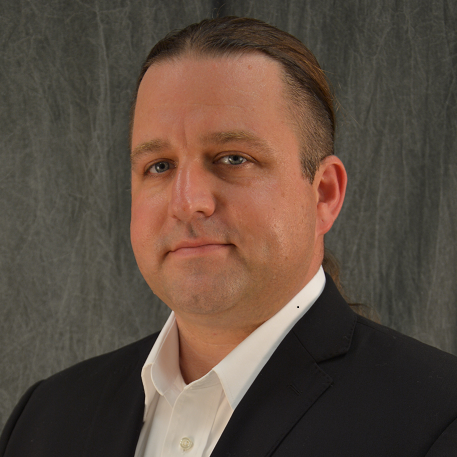
Gregory H. Huff
Associate Professor -
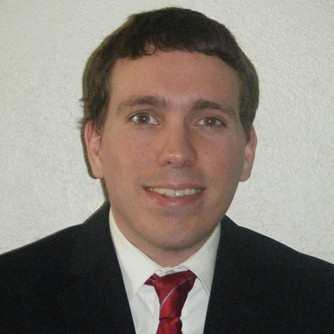
David L. Rolando
Ph.D. Candidate -
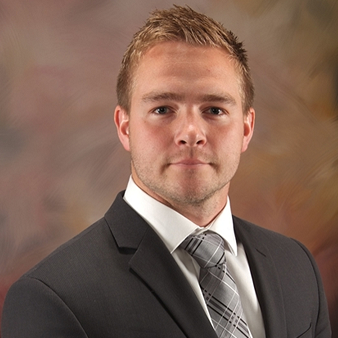
jeffry S. Jensen
Ph.D. Candidate -

Franklin J. Drummond
Ph.D. Candidate -
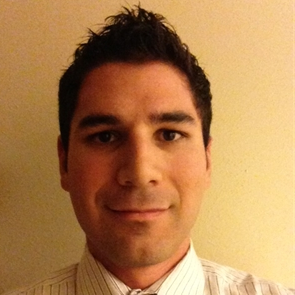
Joel D. Barrera
Ph.D. Candidate -
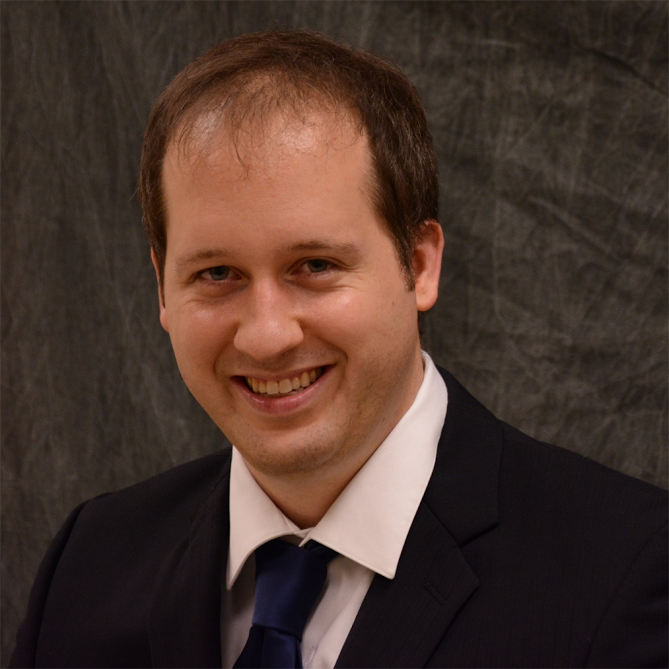
Michael S. Kelley
Ph.D. Candidate -

Shuli Li
Ph.D. Candidate -
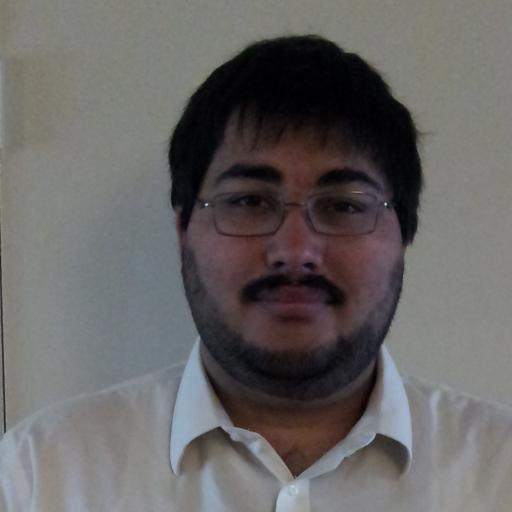
Taahir Ahmed
M.S. Candidate -

David T. Grayson
M.S. Candidate -
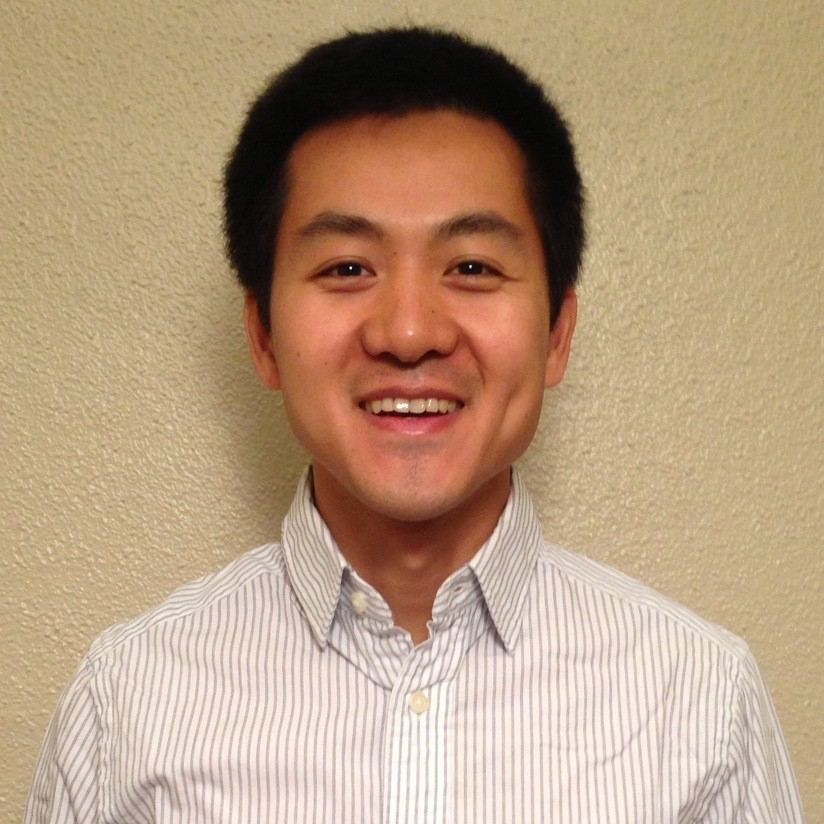
Hong Pan
M.S. Candidate
Sponsorship, Collaboration, and Partnership
The research and educational activities of HRG are supported by a diverse collection of government, industry, and academic partners along with a number of scholarship and fellowship programs. We continually strive to be the best stewards of this support any encourage any party interested in teaming with HRG to please contact Prof. Huff.
Laboratory Capabilities and Expertise
We have the laboratory infrastructure and expertise to support a wide variety of activities. Fostering a culture of collaboration, exploration, and pedagogy within the group ensures our skills are widely disseminated, and engaging in a ‘full design cycle’ approach to engineering ensures that we're multifaceted and aware of the newest technologies and trends in design, measurement, and automation.
Demonstration vehicles, test-beds, and prototypes are utilized extensively within HRG for both research and project-based educational activities. This includes the engineering, design, and fabrication of antennas, microfluidic devices, custom microwave calibration fixtures, high power waveguide components, printed circuit boards (PCBs), custom-built unmanned autonomous systems (UAS), and many other items.
Simulation
- 3D multi-physics (FEM)
- 3D aerodynamic (FEM) and hydrodynamic (FEM)
- 3D electromagnetic (FDTD, FEM, MoM, PO, MLFMM, eigenmode)
- Frequency domain, time domain, transient, and, hybrid techniques
Fabrication
- Mechanical and chemical circuit etching
- 3D printing, PCB prototyping, and CNC machining
- Manual SMD Pick-and-Place with dispensing and batch reflow
- Microfluidics, composites, and nano-scale materials
Observation
- Vector network analyzers, spectrum analyzers, and oscilloscopes, RF/microwave probe station
- Far-field anechoic chamber (antenna, RCS, EMI)
- Material measurement and characterization
- Thermal imaging and high-def A/V
Analytical modelling, application development, and other algorithmic activities play a complementary role in HRG. We use these to facilitate automation, distributed and non-linear control, responsive behavior, and interactive features. This includes databases, networking, computation, visualization, and cross-platform development on UAS, embedded systems, and smartphones, tablets, and other mobile devices.
Modelling
- Equivalent circuit and transmission line
- Variational techniques and conformal mapping
- Monte Carlo and stochastic processes
- Communication channel and ad hoc networks
Development
- Automous and embedded systems
- Android applications and interfaces
- Cognitive and software defined radios
- Wireless sensor and communication networks
Programming
- Qt/QML
- C/C++
- Java
- Python
- Fortran
- HTML5/CSS3